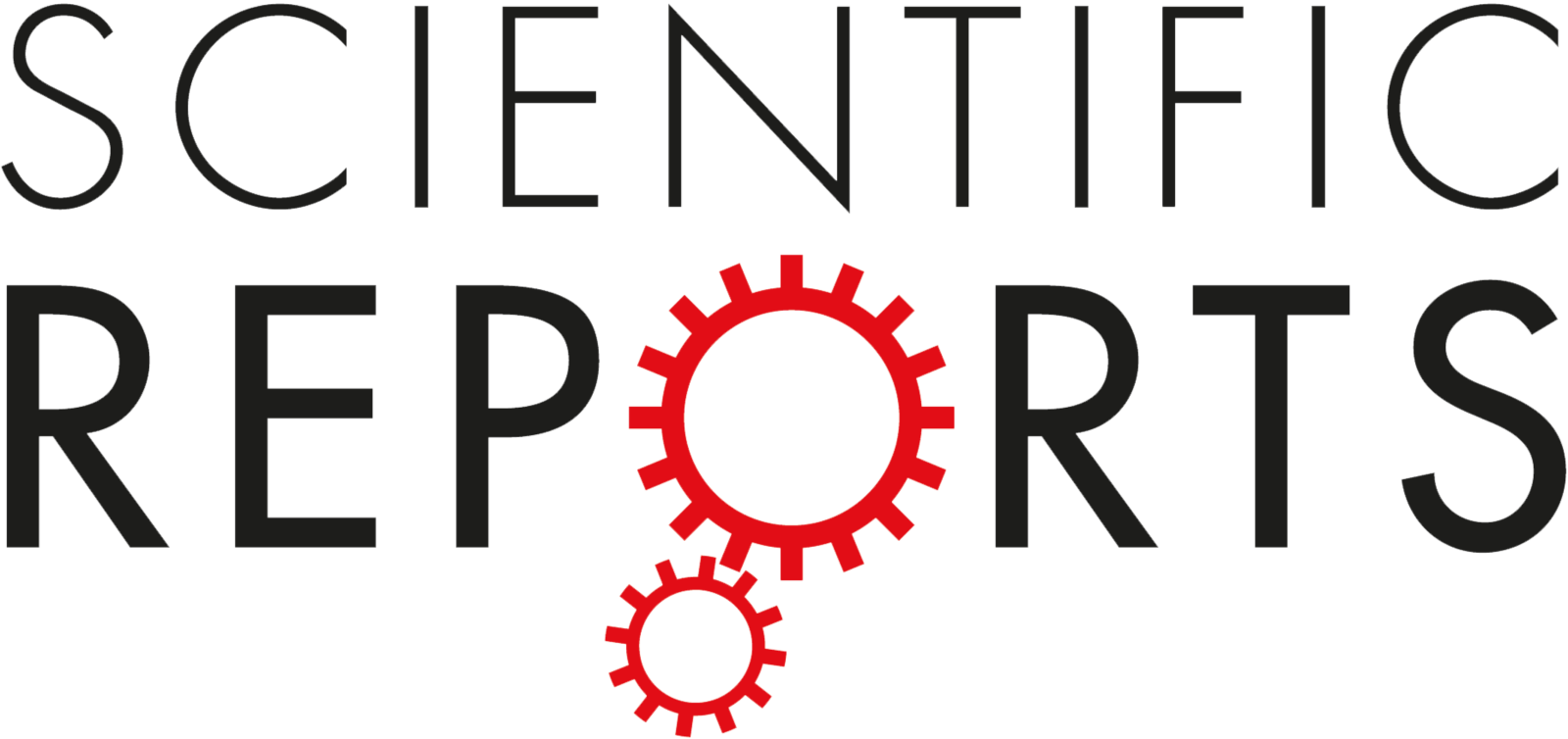

Abstract
The ability to forecast seizures minutes to hours in advance of an event has been verified using invasive EEG devices, but has not been previously demonstrated using noninvasive wearable devices over long durations in an ambulatory setting. In this study we developed a seizure forecasting system with a long short-term memory (LSTM) recurrent neural network (RNN) algorithm, using a noninvasive wrist-worn research-grade physiological sensor device, and tested the system in patients with epilepsy in the field, with concurrent invasive EEG confirmation of seizures via an implanted recording device. The system achieved forecasting performance significantly better than a random predictor for 5 of 6 patients studied, with mean AUC-ROC of 0.80 (range 0.72–0.92). These results provide the first clear evidence that direct seizure forecasts are possible using wearable devices in the ambulatory setting for many patients with epilepsy.
Authors
Mona Nasseri, Tal Pal Attia, Boney Joseph, Nicholas M. Gregg, Ewan S. Nurse, Pedro F. Viana, Gregory Worrell, Matthias Dümpelmann, Mark P. Richardson, Dean R. Freestone, and Benjamin H. Brinkmann.
PUBLICATION
FORECASTING
Published on 9 November 2021
Nature Scientific Reports
Access: Open